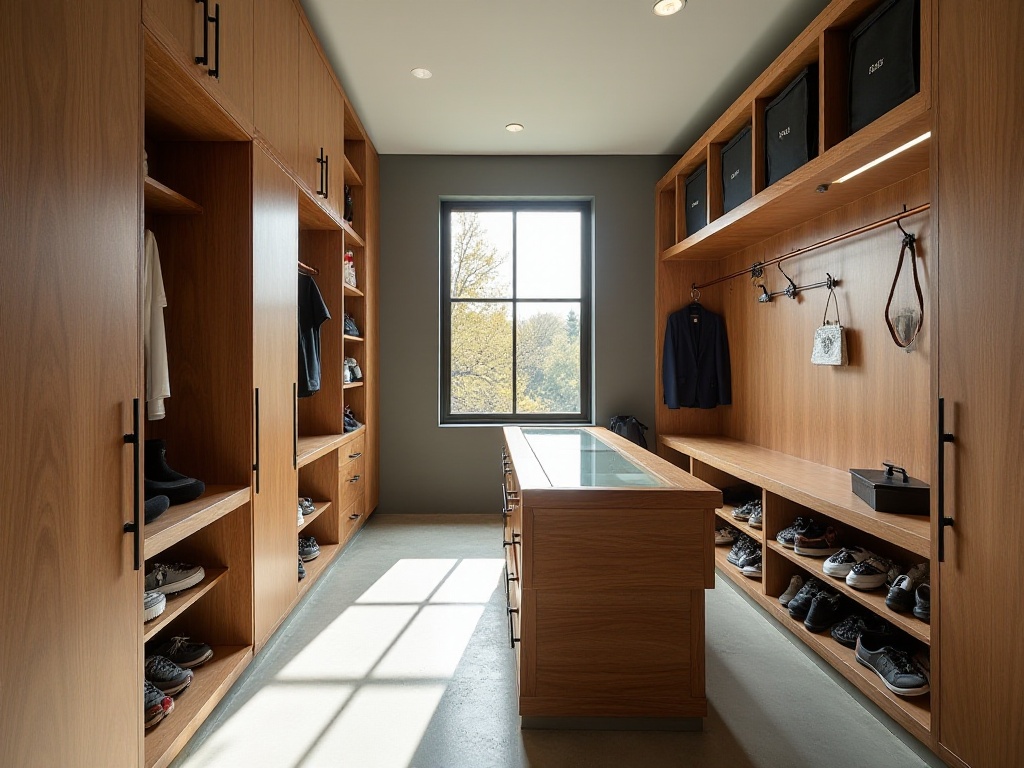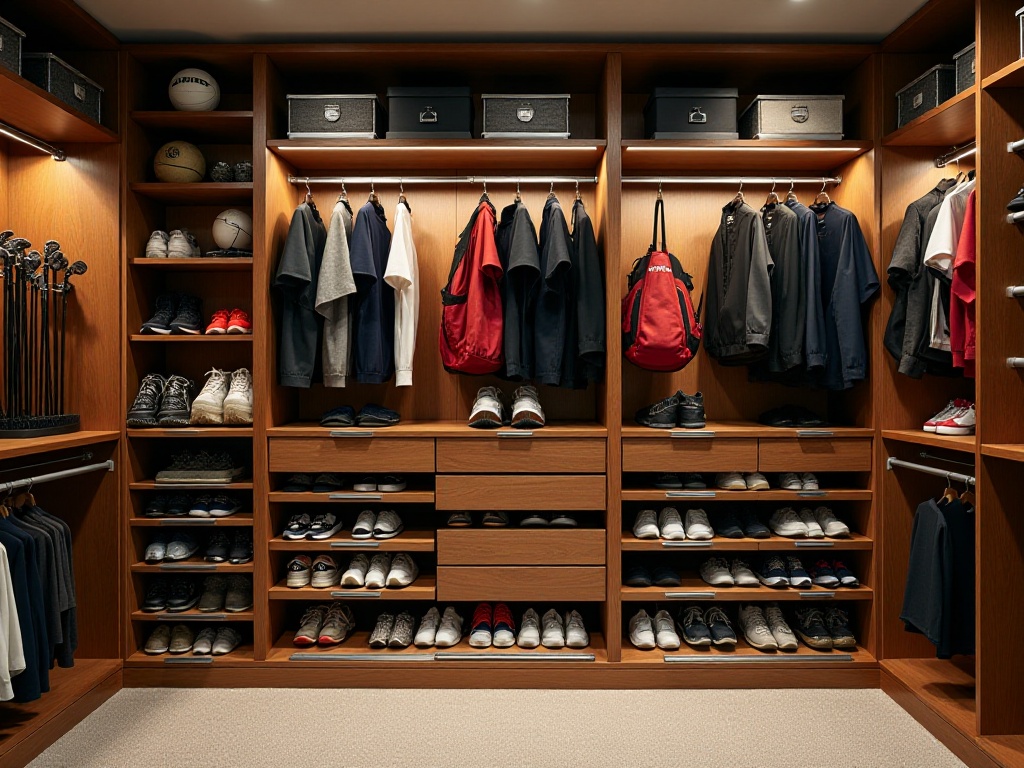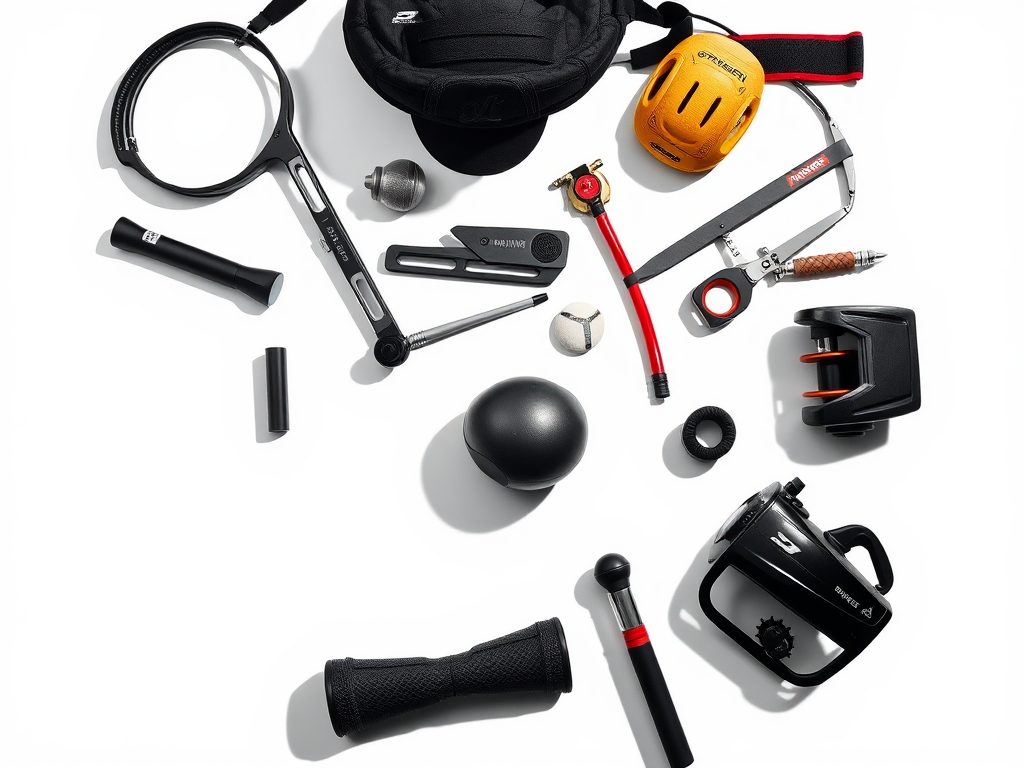Introduction
Honestly, as a fitness enthusiast, I totally understand the frustration of being surrounded by exercise equipment! When I first started working out, my room was literally a maze of fitness gear, with yoga mats strewn about, dumbbells everywhere, and resistance bands and jump ropes tangled up like they were having a party. Just finding equipment could kill all motivation to work out. But things are different now. After five years of trial and error, I've finally found the perfect organization solution, and today I'll share my detailed experience with you.
Organization Philosophy
When it comes to organization, it's not just about randomly tidying up. I looked into some research and was shocked to discover that scientifically sound organization methods can increase space efficiency by 40%. But honestly, I paid quite a price learning this lesson.
I remember when I first started, I was so impulsive - buying whatever storage solutions were recommended online. The result? My home was filled with various storage boxes, making things even messier instead of more organized. It was such a waste of money and space - quite embarrassing to think about now. Looking back, I was completely on the wrong track, not understanding the essence of organization.
Actually, the most important aspect of organization isn't how many storage tools you buy, but establishing a system that works for you. My current organization method may look simple, but where each item goes and how it's stored is the result of repeated practice and refinement.
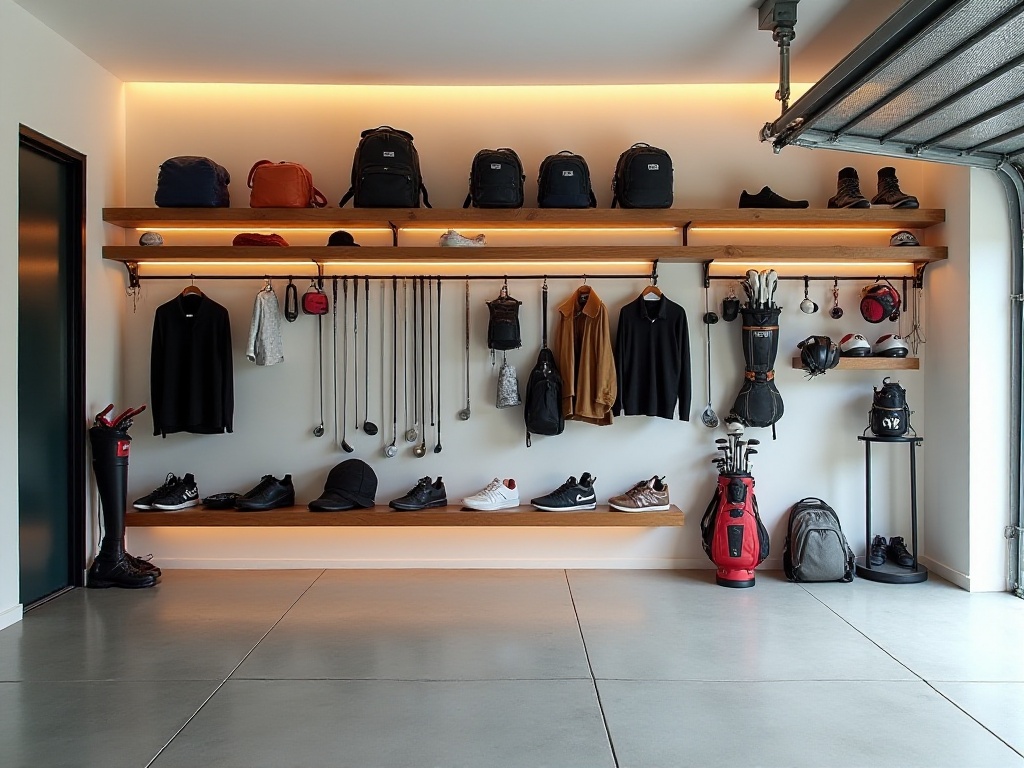
Zone Organization
Let me first talk about zone organization. This took me quite a while to figure out. Initially, I just stuffed everything into cabinets randomly, but later found this really affected training efficiency. After multiple adjustments, I now organize all equipment by training type, which is incredibly convenient.
The strength training zone is my proudest achievement. Because I have so many dumbbells - eight pairs from 2.5kg to 20kg - I had a custom wooden rack made. The rack is cleverly designed with each level at an angle, making it very easy to access. I also labeled each position with weight indicators, so when I need to change weights during training, I can find what I need at a glance.
Not just dumbbells, but kettlebells and resistance bands also have their designated spots. Kettlebells, being quite bulky, are placed on the bottom shelf for maximum stability. Resistance bands are sorted by resistance level and stored in different colored boxes, making them both organized and aesthetically pleasing.
The cardio zone is one of my major innovations. I keep jump ropes, yoga mats, and foam rollers together since these items are often used together. The yoga mat storage is particularly noteworthy - previously, I just rolled them up in corners where they would deform over time. Later, I found a vertical stand that not only maintains the mat's shape but unexpectedly became a decorative element in the room, adding a nice design touch.
As for smaller equipment like grip strengtheners and wrist trainers, I used to just put them anywhere and often couldn't find them. Now I have a drawer-style storage box with compartments, giving each small piece of equipment its own dedicated space. This makes everything neat and easy to find without having to search everywhere.
Wall Utilization
Speaking of major breakthroughs in organization, I have to mention my wall transformation project. This inspiration came from visiting IKEA, seeing their display walls so neat, and thinking I could bring this concept home. I immediately bought a full pegboard wall online.
Installing the pegboard was quite interesting. To ensure it could bear weight safely, I consulted a friend who works at a building materials market. He taught me to use expansion bolts for mounting and reminded me to leave space for maintenance. These small details are really important - now the wall easily supports the weight of various equipment.
I installed different types of hooks on the pegboard - big, small, long, and short ones. I use S-shaped hooks for resistance bands to prevent creasing; special round hooks for yoga rings for stability; and stretch bands are rolled up, secured with velcro, and hung on hooks.
Honestly, I feel quite proud every time I look at this wall. It's not just a storage space but more like a display wall for exercise equipment. Friends who visit always compliment this design for being both practical and stylish. Most importantly, I never have trouble finding equipment anymore because everything is visible at a glance.
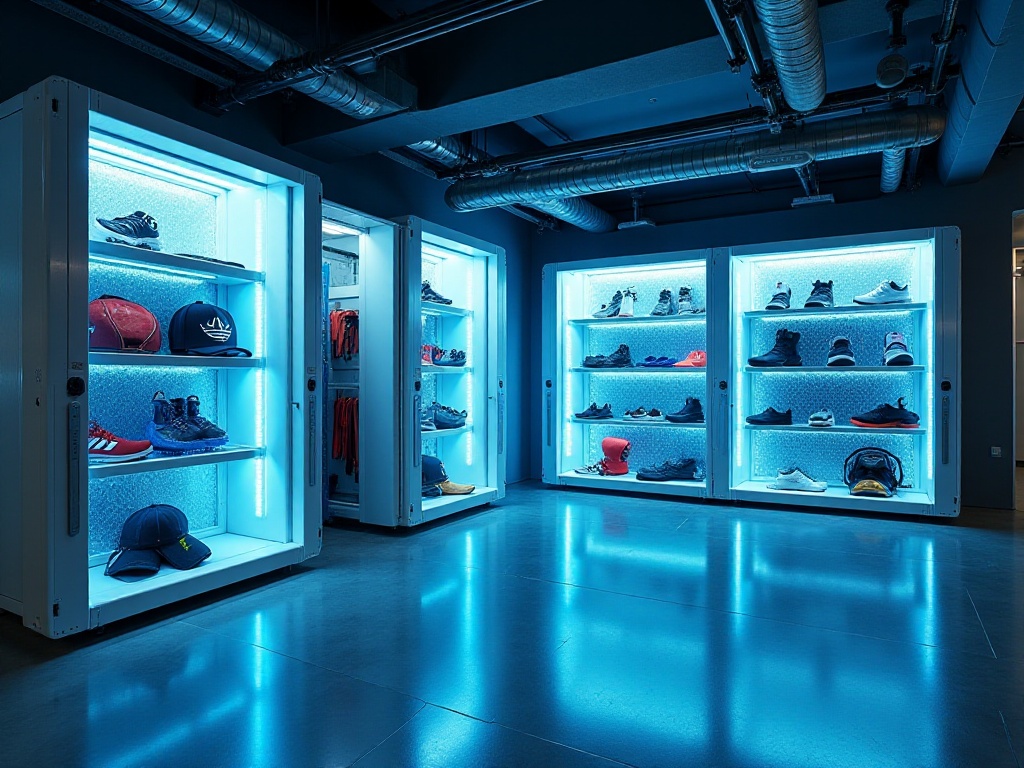
Portable Storage
For equipment I regularly take to the gym, I put in some serious effort. Initially, I just stuffed everything into my bag, which made finding things really troublesome. Later, I had a bright idea and bought three different-sized storage bags, implementing a modular storage solution.
The largest bag is mainly for protective gear and towels. For protective gear, I have knee pads, elbow guards, and wrist supports - these items are fairly bulky and best kept separate to prevent odors. I divided the storage bag into sections, giving each type of gear its own dedicated space. I use vacuum compression bags for towels, which saves space and keeps them dry.
The medium-sized bag is for weight belts and wrist wraps. I have several types of weight belts that I use for different training exercises. This bag also has divisions with labels, making it very convenient to grab what I need.
The smallest bag is for membership cards, keys, and other small items. I specifically chose a waterproof material for this bag since I sometimes carry damp towels. It has dedicated card slots and key hooks, so I never worry about losing these small items anymore.
These three storage bags can be stacked and stay in my training bag. Every time I go to the gym, I just need to check each bag's position to quickly find what I need. This system has worked great for almost two years now.
Regular Maintenance
Speaking of maintenance, this is something I learned from experience. I remember once, in the middle of training, a resistance band snapped - it really scared me. Since then, I've made a habit of regularly checking my equipment.
Every weekend, I spend 15 minutes doing a comprehensive check of all equipment. First are the resistance bands - I carefully check for any wear or deformation, especially in areas that get the most stress. If I find any issues, I replace them immediately to avoid accidents during training.
Dumbbell screws are also a key inspection point. With frequent use, screws inevitably loosen. I use a special wrench to retighten any loose screws. While this task seems simple, it's really important and can greatly extend the life of the dumbbells.
Cleaning yoga mats is another important task. I use a special yoga mat cleaner to wipe them down, then dry them with a towel. This not only maintains hygiene but also prevents mold and deterioration. This is especially important during summer months.
The weight-bearing capacity of storage racks also needs regular checking. I check if screws are loose or if supports are deformed. If I find any issues, I adjust or reinforce them immediately. This ensures safe storage of equipment and prevents accidents.
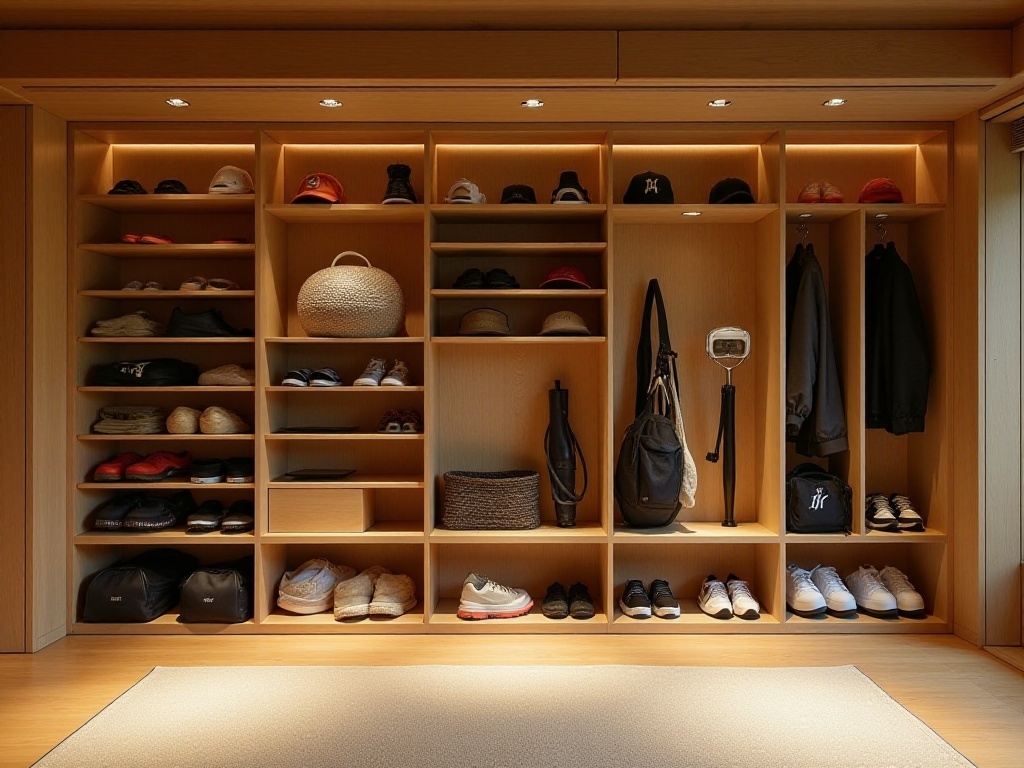
Organization Mistakes
Speaking of mistakes, I have plenty of experience. Looking back at when I first started organizing, I fell into quite a few traps. Now I realize it was such a waste of both money and time.
The first big trap was believing in "miracle" storage solutions. I was easily swayed by those "must-buy lists" online, couldn't resist whenever I saw "universal storage racks" or "high-tech storage boxes." The result? The items I bought were either impractical or didn't suit my habits. The most extreme case was when I spent a lot of money on a rack that supposedly could store all kinds of equipment, but it couldn't even fit my kettlebells and was extremely difficult to assemble - it ended up being unused.
The second mistake was over-organizing. There was a period when I was obsessed with neatness, wrapping up every piece of equipment. Resistance bands needed bags, dumbbells needed covers, even yoga mats needed cases. While it looked neat on the surface, it was such a hassle to unwrap everything every time I wanted to use them that I often ended up skipping workouts because it was too much trouble. Later I realized that the purpose of organization is to facilitate use, not just to look tidy.
Another common mistake is prioritizing aesthetics over functionality. This is especially common on social media. Many people arrange their equipment like art pieces for photos, but it's really impractical for actual use. I've seen people arrange dumbbells in beautiful patterns, but they had to disrupt the entire arrangement every time they wanted to use them, then rearrange everything afterward - making it really frustrating.
Money-Saving Tips
Honestly, good organization doesn't need to cost much. Many things can be solved with cheap alternatives if you think creatively. I've summarized some money-saving tips that I hope will help everyone.
For example, with the yoga block rack, I originally wanted to buy a specialized storage rack, but when I saw the price - several hundred dollars - I had a better idea. I bought a simple IKEA bookshelf and modified it slightly, and it works perfectly. Each shelf is just the right height for yoga blocks, with extra space for other small equipment. This DIY solution cost less than $100 in total.
The hooks for resistance bands are another good example of saving money. Specialized exercise equipment hooks can cost dozens of dollars each, so I just went to the hardware store and bought some regular hooks for just a few cents each. These hooks are just as strong as the professional ones, and being cheap, I could buy extras for backup.
Storage boxes don't necessarily need to be specialized fitness equipment boxes either. I bought some regular plastic storage boxes from the dollar store and made compartments with dividers - it works great. These boxes are transparent, so you can see what's inside at a glance, making them even more practical than professional storage boxes.

Personalized Advice
Everyone's exercise habits and home environment are different, so storage solutions should be tailored to individual needs. My experiences are just for reference - you should adjust based on your actual situation.
If you live in a small apartment, you need to pay special attention to vertical space utilization. Besides the wall storage I mentioned earlier, you can also use the space behind doors. I installed a hook rack behind my door specifically for lightweight equipment like jump ropes and resistance bands.
For friends who particularly care about home aesthetics, you can choose storage items that have decorative value. There are many storage racks available now that are both practical and attractive, which can match your home's decor style. For instance, I have a friend who bought a Nordic-style wooden storage rack that serves both as equipment storage and a display shelf.
If you're someone who frequently goes between home and gym workouts, you should focus on portability. It's recommended to get modular storage bags that can be combined for different occasions. These bags should ideally be waterproof so you don't have to worry about sweat or water bottle leaks.
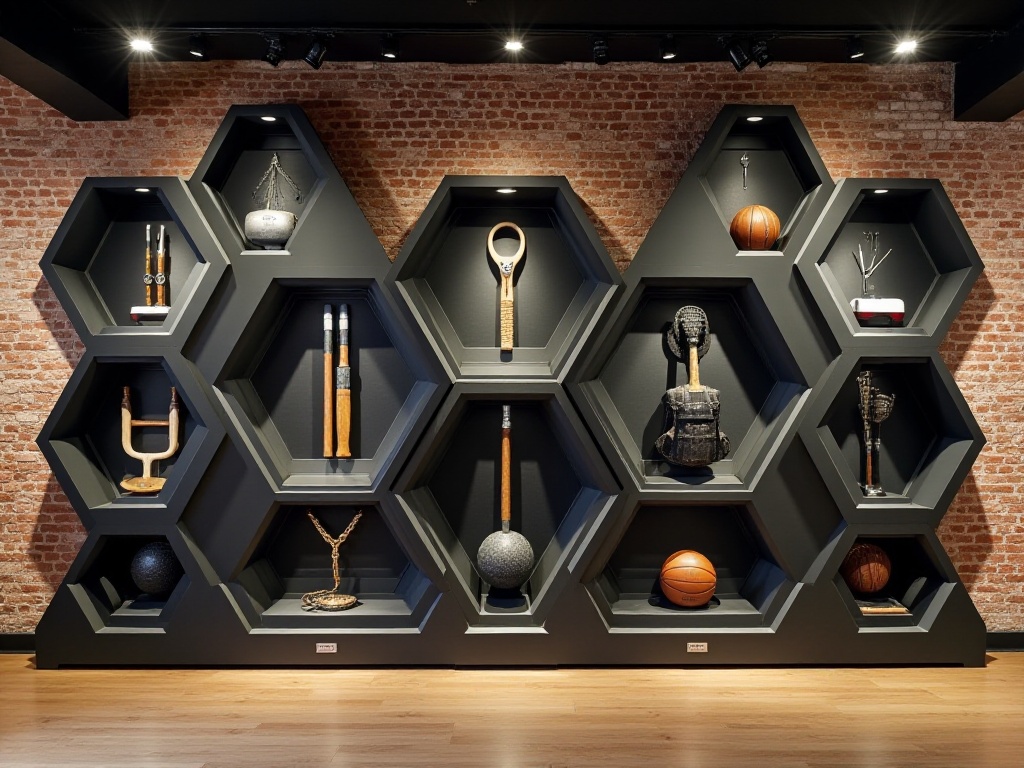
Summary and Future Outlook
After five years of continuous exploration and improvement, I deeply understand that a good storage system isn't created overnight - it's a process of constant adjustment and refinement based on actual use. Just like fitness, it requires persistent dedication and continuous optimization.
Every time I open my storage cabinet and see the neatly arranged equipment, I feel particularly satisfied. This satisfaction comes not only from the tidiness of the space but more from being able to quickly find the equipment I need whenever I want to work out. This convenience really helps boost motivation for exercise.
Actually, the ultimate purpose of organization isn't to make your home look perfect like a showroom, but to make our fitness life easier and more enjoyable. When your exercise equipment is all properly organized, you'll find that working out truly becomes a much more enjoyable experience.
Finally, I'm really curious about how you organize your exercise equipment. Do you have any unique storage tips to share? Or have you encountered any particular problems with organization? Feel free to tell me in the comments - let's exchange ideas and improve together. After all, every small improvement in life deserves to be shared and encouraged.
Related articles


